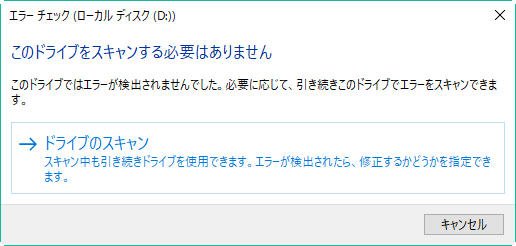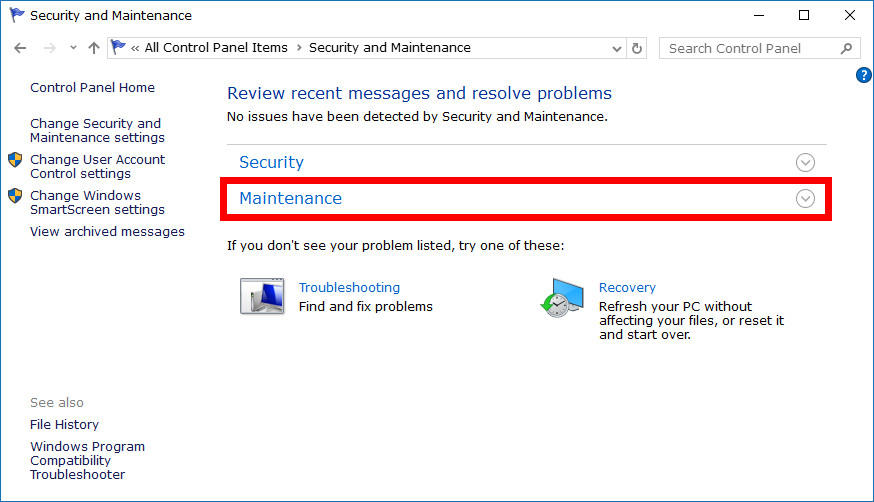

In cases like these, the best way to move forward is to use the System File Checker.


If any of these essential system files become corrupt or faulty, you are likely to run into errors like the one under discussion. These include hardware drivers, configuration files, and DLL files, as well as the files that make up administrative tools like the Windows Registry. The system files are the files that Windows depends on to function correctly. The next area you should look into for the potential problem is the protected system files if the chkdsk scan does not identify any bad sectors. Here is how you can run a CHKDSK command on your Windows: SFC Scan # CHKDSK can fix these issues, as long as they are not hardware-related. Soft sectors can be caused by incorrect data writing, while hard sectors are caused by physical damage. A bad sector can be soft or hard, depending on which type was created. Some of these issues may include corrupt entries in a volume’s master file table (MFT), incorrect security descriptors for individual files, or even incomplete or incorrect information about the size or timestamp of a particular file.Īdditionally, Chkdsk can also optionally look for bad sectors on a disk volume. In its simplest form, Chkdsk analyzes the integrity of a disk volume’s file system, as well as its metadata, and fixes the issues that it identifies. CHKDSK (check disk) is a system tool that helps check and repair hard drive errors and keeps your system data organized - it’s part of good computer hygiene. The first scan that we will run is the CHKDSK scan. Running all these scans using Command Prompt is likely going to be a bit time-consuming, so we recommend starting working on these when you have some time on your hands. In this method, we will demonstrate how to use CHKDSK, SFC, and DISM tools one by one. Microsoft has developed these utilities to scan different components of your operating system for inconsistencies and potential issues that might be resulting in errors like the one at hand. If your attempt to restore the system fails, then the first thing that you should do is make use of the built-in troubleshooting utilities that come with every Windows version. Scan Your System Using the Built-in Utilities # Regardless of what might be causing this issue for you, we have mentioned effective troubleshooting methods in detail that will help you fix this problem and restore your system in no time. We had a look into the issue and discovered that it can be caused due to a system inconsistency, issues within the hard drive, and problematic Restore settings.


 0 kommentar(er)
0 kommentar(er)
